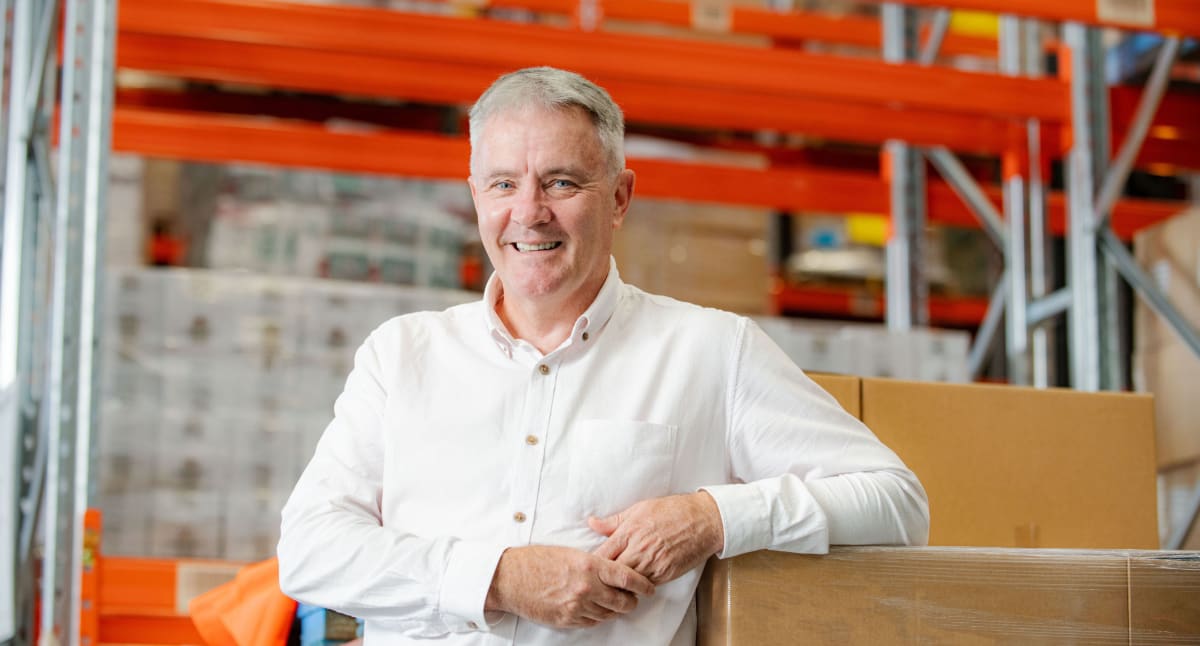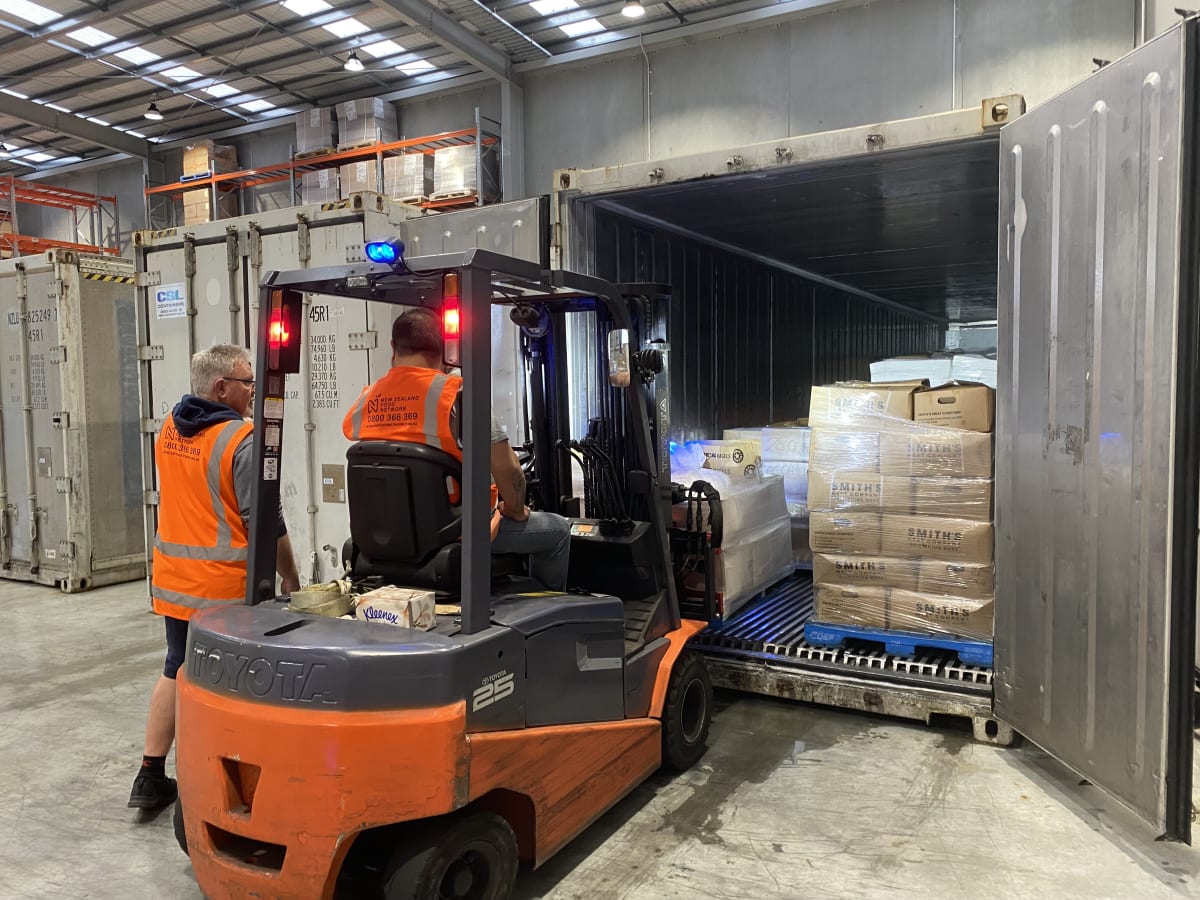
A funding bump from the Ministry for the Environment means a food rescue coordinator can upscale operations and make sure more Kiwi tables are furnished
An organisation that diverts extra food from the dump to people in need is being funded to the tune of $440,000 through the Ministry for the Environment.
The New Zealand Food Network is being awarded the money by the ministry-administered Waste Minimisation Fund to install more chillers and freezers in their East Tāmaki base of operations.
This will increase the organisation's capacity to divert an extra 1100 tonnes of unused but edible food from the growers, producers and manufacturers that may otherwise have ended up in landfill, contributing to greenhouse gas emissions.
Food Network chief executive Gavin Findlay said storage space for chilled and frozen food has been at a premium, and can at times limit how much of this kind of food the network can redistribute.
“It’s bursting at the seams a lot of the time,” he said. “So to have more space in our facility in East Tāmaki is a huge thing.”
It’s also good news for the more than 60 partners the network regularly distributes through, including iwi, food banks and charities across the country, as well as the 10 to 15 more it hopes to take on.
“Food is processed and manufactured to be eaten - not to be thrown away. It is criminal.” – Gavin Findlay, Food Network
“This support from the Ministry for the Environment will provide real progress to reducing New Zealand’s commercial food waste and our overall carbon footprint,” Findlay said. “At the same time, it will improve food security by re-diverting this surplus food into our vulnerable communities.”
This means the network has greater ability to tailor the food it distributes to the different communities it serves.
“A women’s refuge and the Salvation Army might have different needs,” Findlay said.
The network was launched with funding from the Ministry of Social Development to address the growing issue of food insecurity in Aotearoa back in July, 2020 - right in the thick of the pandemic.

Findlay said there had been a huge demand for their services during the early days of the pandemic due to job and wage losses. But while the group expected a relaxing of that demand this year, it has kept steady due to the cost of living and inflation of the past few months.
Food rescue may be able to feed those most at need, but Findlay said there’s also an important aspect of reducing the emissions of greenhouse gases.
Food production accounts for more than a quarter of the the world’s greenhouse gas emissions.
A meta-analysis of global food systems by Joseph Poore and Thomas Nemecek in 2018 found 6 percent of total global emissions comes from food wastage. This means if food wastage was a country, it would be third behind only China and the United States when it comes to emissions.
Much of this comes from losses in the supply chain resulting from poor storage and handling techniques. Hence the focus on refrigeration and freezing equipment by the New Zealand Food Network, which Findlay hopes will help them fight the “environmental menace of organic food being piled into landfills”.
“Food is processed and manufactured to be eaten – not to be thrown away,” he said. “It is criminal.”
Back in 2018, the Environment Select Committee estimated New Zealanders waste around $872 million worth of food each year, accounting for around 122,500 tonnes in the landfill.
Not only is it enough to feed Dunedin for two years, but it means that food often ends up decaying without oxygen, buried under masses of other refuse. Digesting the food without oxygen means micro-organisms create methane and carbon dioxide, generally over the course of the first six months.

Government initiatives like Love Food Hate Waste are attempting to alert the public to the issue, but with the majority of the problem coming from issues in the supply chain, it seems the majority of the solution also needs to come from there.
“We need to create an alternative use for the surplus if it cannot be sold,” said Findlay. “Food waste should be re-used for composting or animal feed.”
Despite this, he said there are things Kiwis can do: changing our aesthetic standards that get slightly-dented apples or two-headed carrots thrown in the bin, and making sure we know the difference before the best before date and the expiry date.
“A bag of chips is fine the day after the best before date ... It’s not a health and safety issue like an expiry date is.”
There is a real split in consumer opinion on what to do about it, he said.
According to an evaluation of the Environment Select Committee’s inquiry, the most wasted food item is bread, at almost 10 percent of all waste. Coming just behind that are leftovers, followed by different kinds of fruit such as oranges, mandarins, bananas and apples.
Since launching, the network has provided the equivalent of 32 million meals to food hubs and prevented more than 17 million kgs of methane or carbon dioxide being produced from food sent to landfill.







